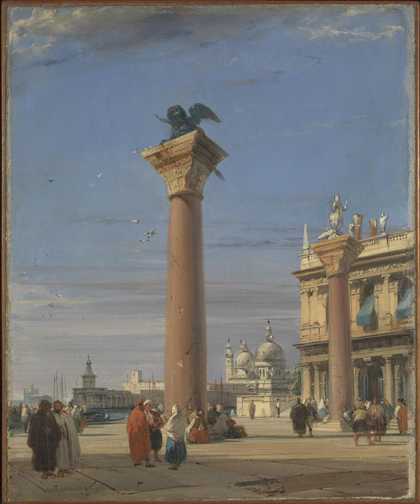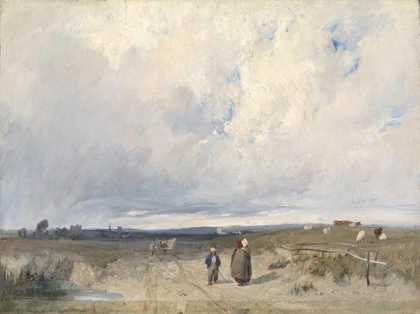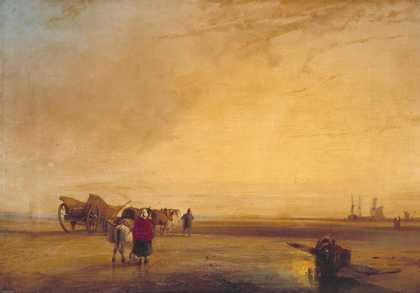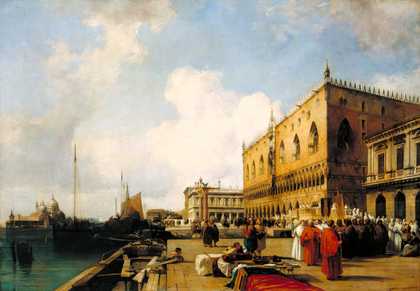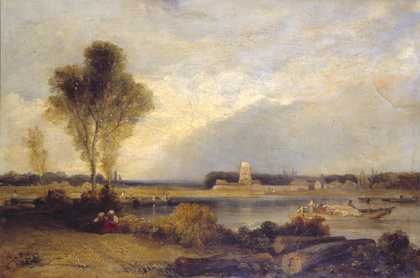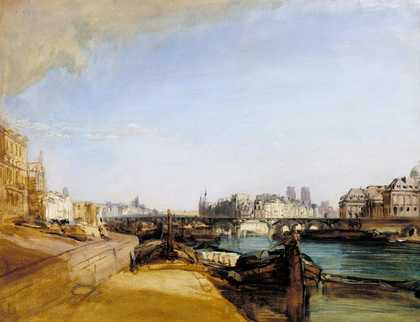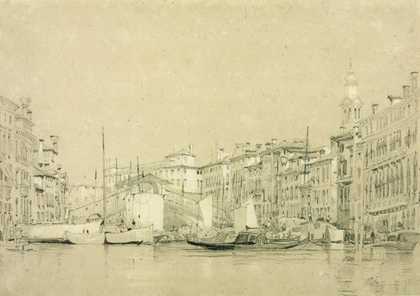Biography
Richard Parkes Bonington (25 October 1802 – 23 September 1828) was an English Romantic landscape painter. He moved to France at the age of 14 and can also be considered as a French artist, and an intermediary bringing aspects of English style to France. Becoming, after his early death, one of the most influential British artists of his time, the facility of his style was inspired by the old masters, yet was entirely modern in its application. His landscapes were mostly of coastal scenes, with a low horizon and large sky, showing a brilliant handling of light and atmosphere. He also painted small historical cabinet paintings in a freely-handled version of the troubadour style.
This biography is from Wikipedia under an Attribution-ShareAlike Creative Commons License. Spotted a problem? Let us know.
Read full Wikipedia entry

